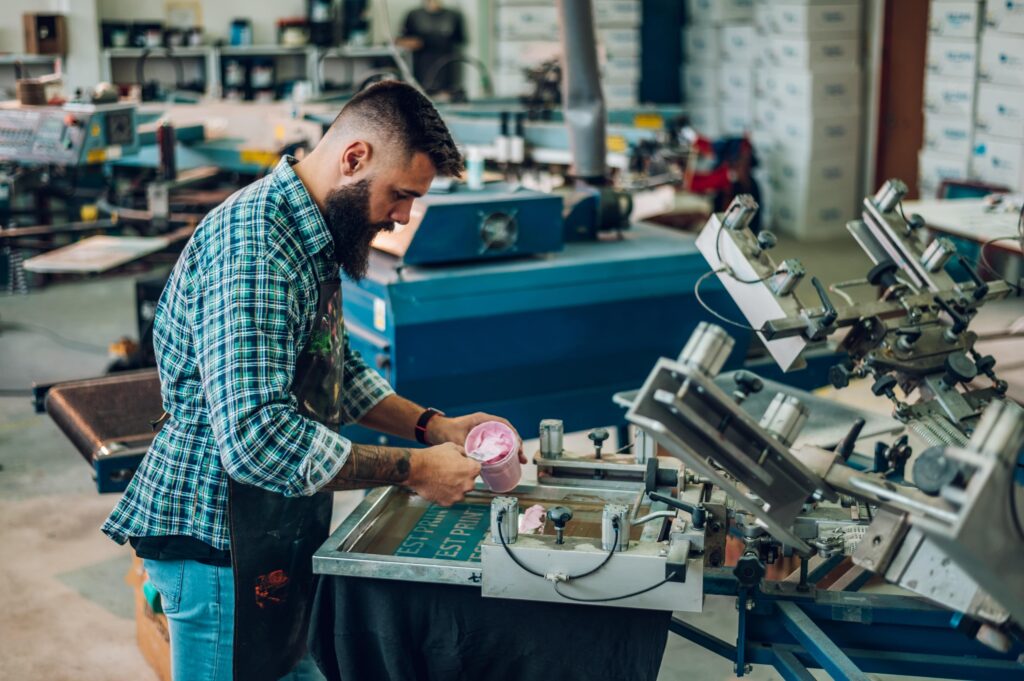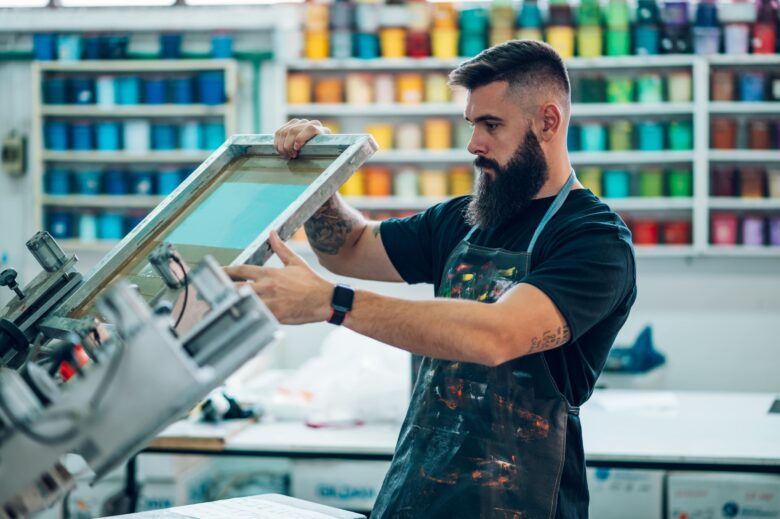Modern printing techniques have come a long way since the traditional methods of the 15th century. Today, artists and designers have a wide range of tools and technologies at their disposal to create stunning prints. From digital printing to screen printing and offset printing, the options are endless. These techniques allow for precise and high-quality reproductions of artwork, making it easier than ever to create art prints in large quantities. Whether it’s a limited edition print or a commercial printing project, modern printing methods ensure that every detail and color is faithfully reproduced on the printing surface. With advancements in technology, artists can experiment with different materials, inks, and printing processes to achieve their desired results. From digital prints to 3D printing, the possibilities are constantly expanding in the world of printmaking.
Digital Printing
In today’s rapidly evolving world of printing techniques, digital printing has emerged as a modern and efficient method. This technique involves the use of inkjet printing or laser to transfer images directly onto a printing surface, without the need for traditional metal plates or blocks.
One of the major advantages of digital printing is its quick turnaround time. Unlike traditional printing processes that require a considerable amount of setup time, digital printing allows for immediate printing as images are sent directly to the printer using digital files. This makes digital printing an ideal choice for projects that have tight deadlines.
Another advantage of digital printing is its cost-effectiveness, particularly for small-run jobs. With traditional printing methods, there are significant setup costs involved in creating metal plates or blocks. However, digital printing eliminates the need for these setup costs, making it more affordable for producing smaller quantities of prints.
Furthermore, digital printing offers the ability to produce high-quality prints. The advancements in digital technology have resulted in printing machines capable of reproducing intricate details, vibrant colors, and sharp images. This makes digital printing an excellent choice for art prints, advertising materials, and various other professional printing applications.
Screen Printing
Screen printing is a versatile and widely used technique in the world of printing. It involves using a mesh screen to transfer an image onto various materials, such as textiles and posters. The process of screen printing starts with creating a stencil, known as a screen, which is usually made of polyester woven mesh or nylon. This screen is then stretched tightly over a frame, and the stencil is created by blocking certain areas with waterproof material.
Once the screen is prepared, the printing ink is applied to one end of the screen, and a squeegee is used to push the ink across the screen, forcing it through the open areas of the stencil onto the material below. The result is a mirror image of the desired design transferred onto the material. Screen printing is known for its versatility, as it can be used on a wide range of materials, including fabric, paper, glass, and plastics.
One of the key advantages of screen printing is the ability to produce high-quality outputs. The mesh screen allows for intricate details and vibrant colors to be accurately reproduced, making it a preferred technique for creating art prints, posters, and other visually appealing products. Additionally, the mesh screen used in screen printing is reusable, making it a cost-effective option for print runs of any size.
However, it’s important to note that screen printing requires specialist equipment and expertise. Setting up the screens and aligning them correctly can be a meticulous process, requiring skill and precision. Additionally, screen printing is limited in terms of the number of colors that can be used in a design, as each color requires a separate screen and print pass. Nevertheless, with its versatility and ability to produce high-quality results, screen printing remains a popular and effective technique in the printing industry.
Offset Printing
Offset printing is a commonly used printing technique that offers numerous benefits for producing high-quality prints.
During the setup process, the image is first etched onto a metal plate using a chemical or laser process. This plate is then coated with ink, with the non-printing areas repelling the ink due to their hydrophobic properties.
The rubber blanket acts as an intermediary, allowing for a smooth and consistent transfer of the inked image. The rubber blanket is then pressed onto the printing surface, transferring the inked image onto it. This process is known as offsetting because the ink is not directly applied to the printing surface.
Offset printing is highly versatile and can be used to print on various materials such as paper, cardboard, metal, and plastic. This technique is regularly used for producing newspapers, magazines, brochures, posters, and other printed materials in large quantities.
Equipment required for offset printing includes a printing press, metal plates, rubber blankets, and ink. The setup process involves precise adjustments to achieve proper registration and color consistency.
The benefits of offset printing include its ability to produce sharp and vibrant prints, even on textured surfaces. It also allows for cost-effective production in large quantities, making it suitable for commercial printing. Furthermore, offset printing provides consistent results, making it a preferred choice for professional printing projects.

Conclusion
In conclusion, understanding printing techniques is of utmost importance for graphic designers as it directly impacts the quality and success of their design projects. By possessing knowledge of different printing techniques, designers showcase their expertise and competence, enabling them to provide the best solutions for their clients.



